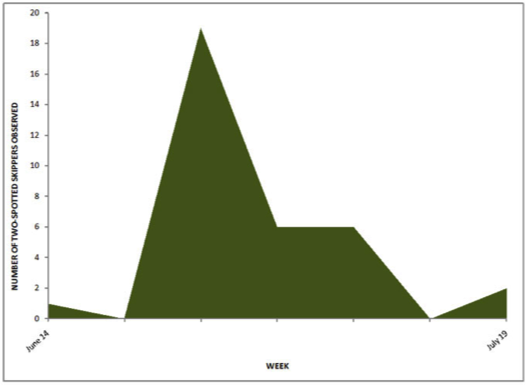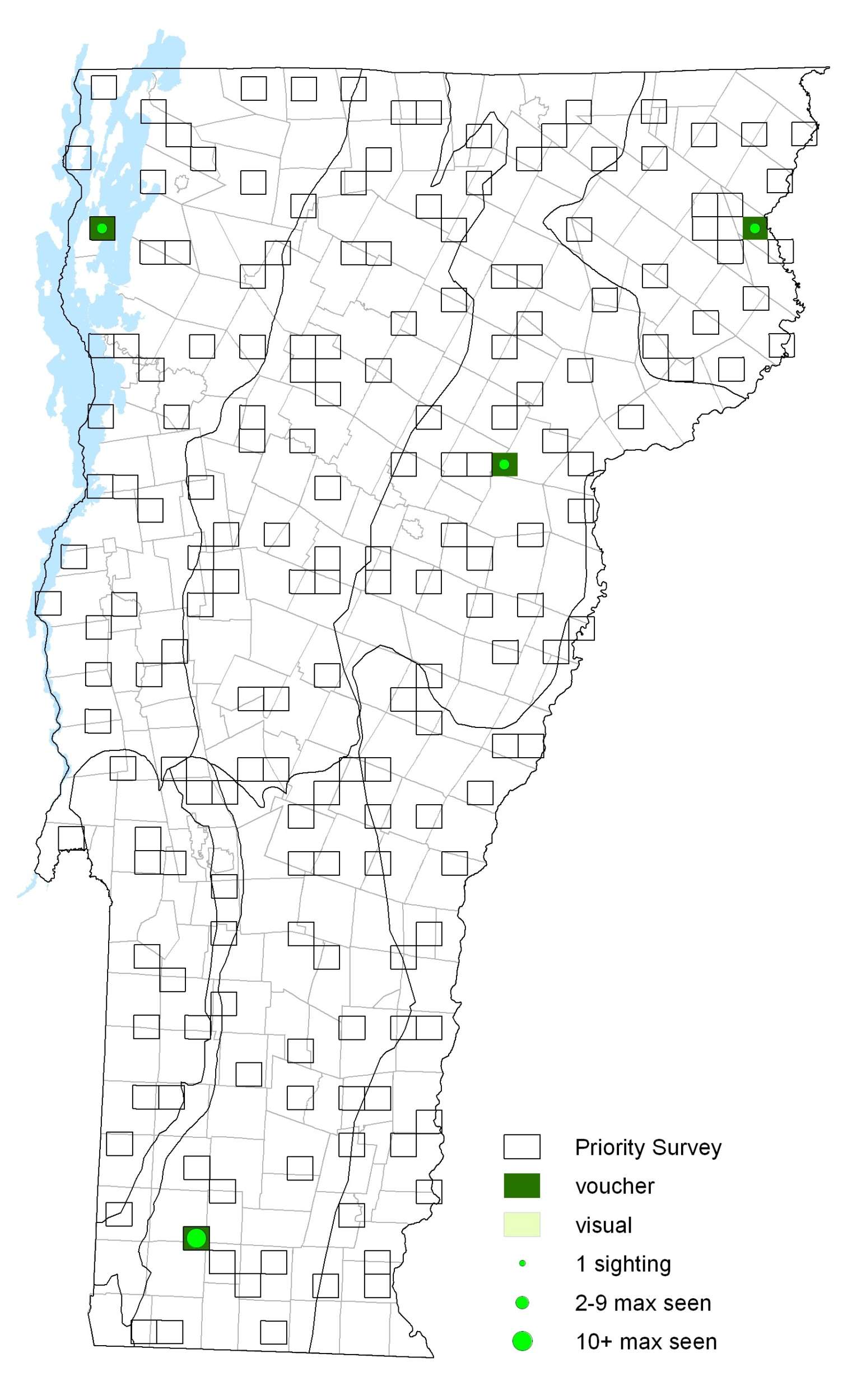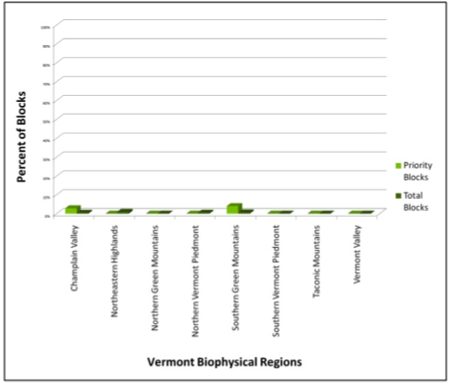|
Resident Conservation Status North American Range |
A poorly studied skipper, it is rare throughout most of its range. This species sometimes seems to disappear from known locations for several years, and then reappears. Males perch within 3 feet of the ground in sedge marshes to watch for females. Caterpillars eat leaves and live in nests of rolled or tied leaves. Overwinters as partially grown larvae.
Identification
Small, especially for a marsh skipper. Forewings are pointed, fringe is white. Underside of head and body are white. Upperside is dark brown; male forewing with reddish orange patch, female forewing with 2 pale spots. Underside of hindwing is orange-brown with pale veins and a white anal fold.
Flight
One generation flying from the middle of June through the middle of July during VBS. Even during its peak flight period, it was not abundant. Extreme dates: 14 June 2007 and 19 July 2004 in Grand Isle (D. Hoag).
Distribution and Habitat
Colonies were found widely scattered throughout Vermont during the survey, and in low densities within those colonies. Habitat preferences are spruce bogs and sedge wetlands. Larval host plants are sedges, especially Hairy-fruited sedge (Carex trichocarpa) and Tussock Sedge (Carex stricta). Adults nectar from Pickerelweed (Pontederia cordata), Blue Flag (Iris), Common Milkweed (Asclepias syriaca), and Spireas (Spirea).







